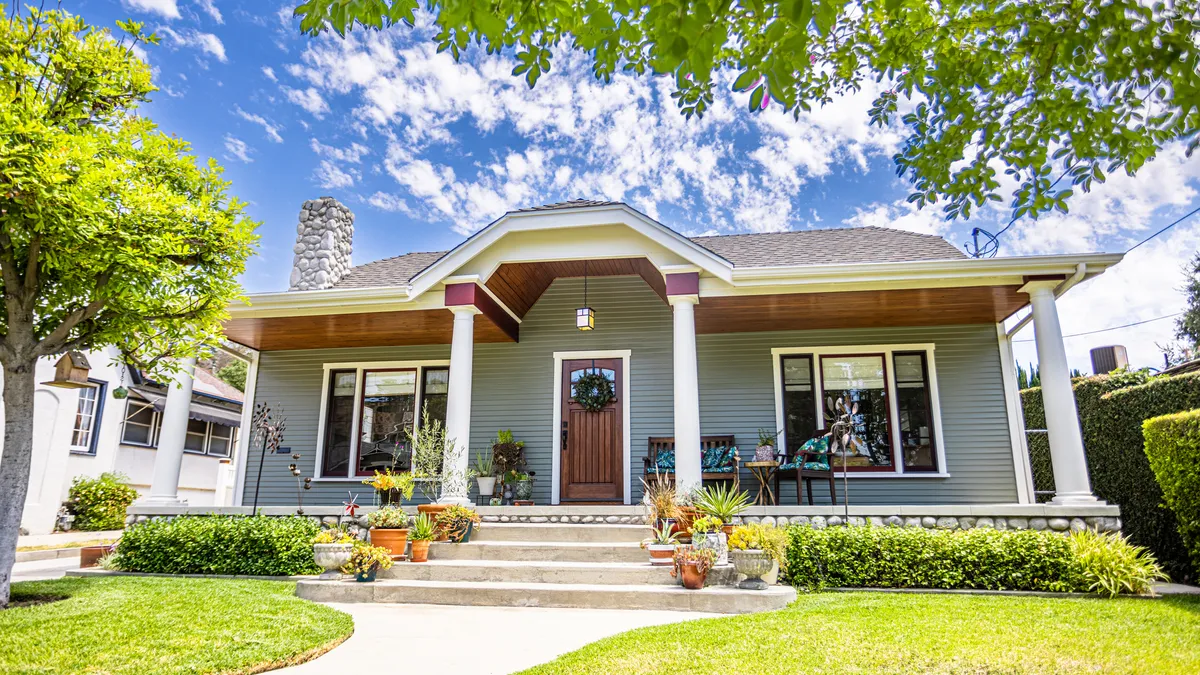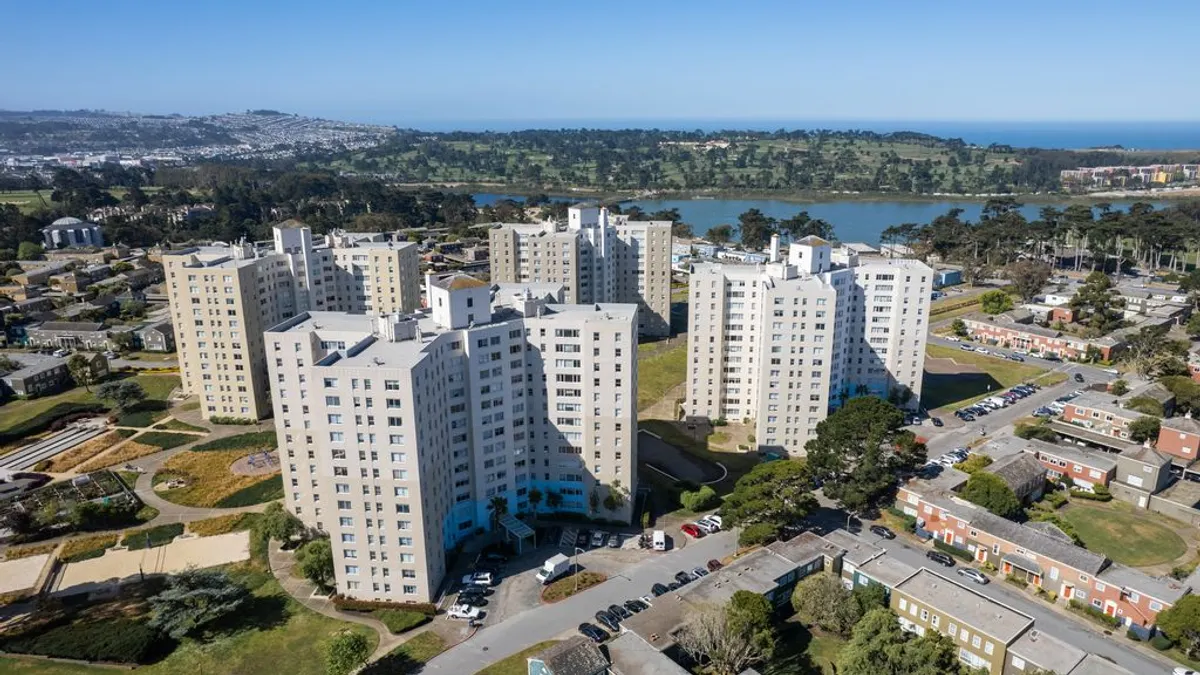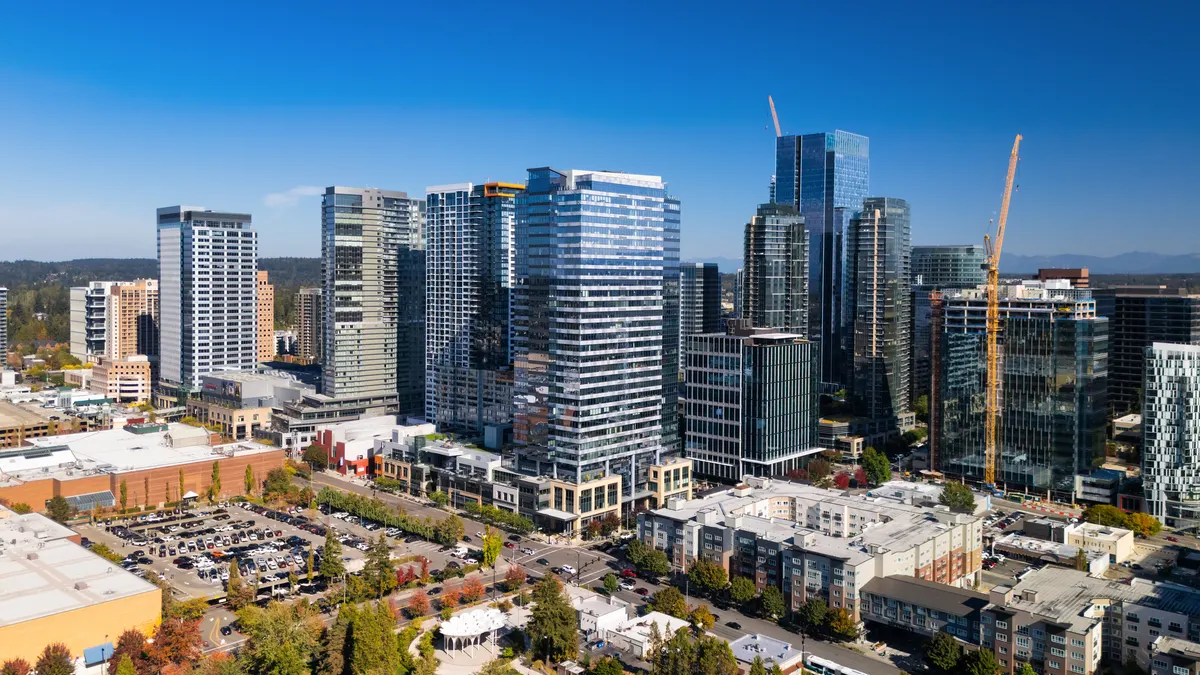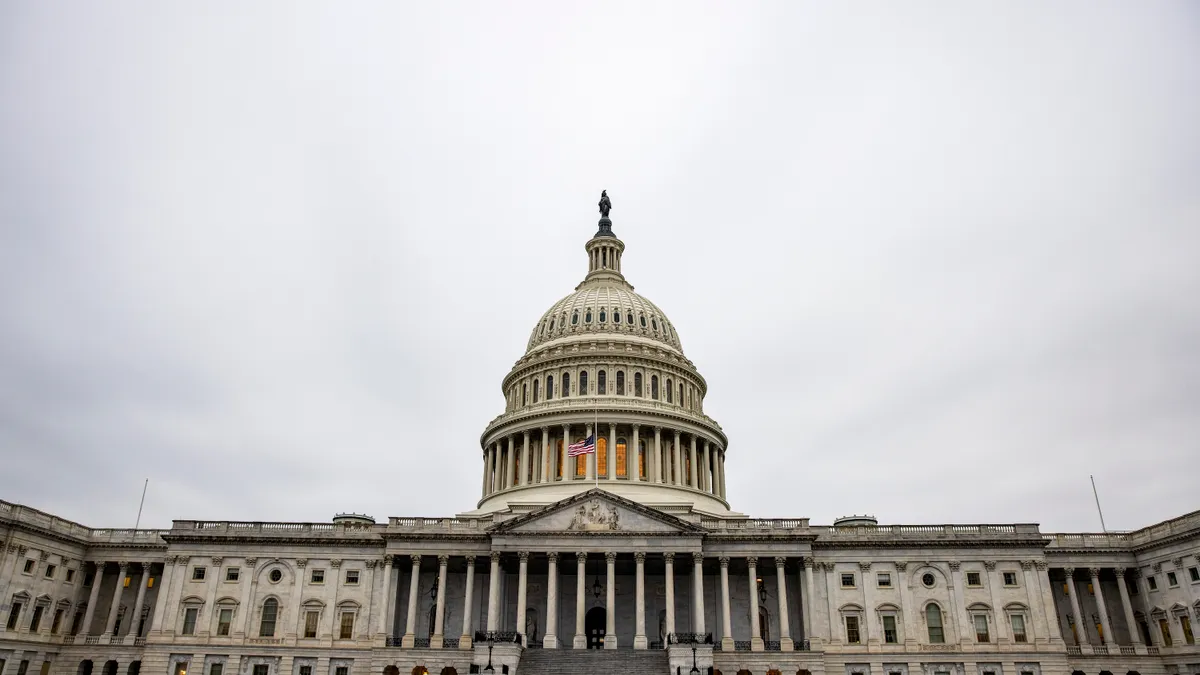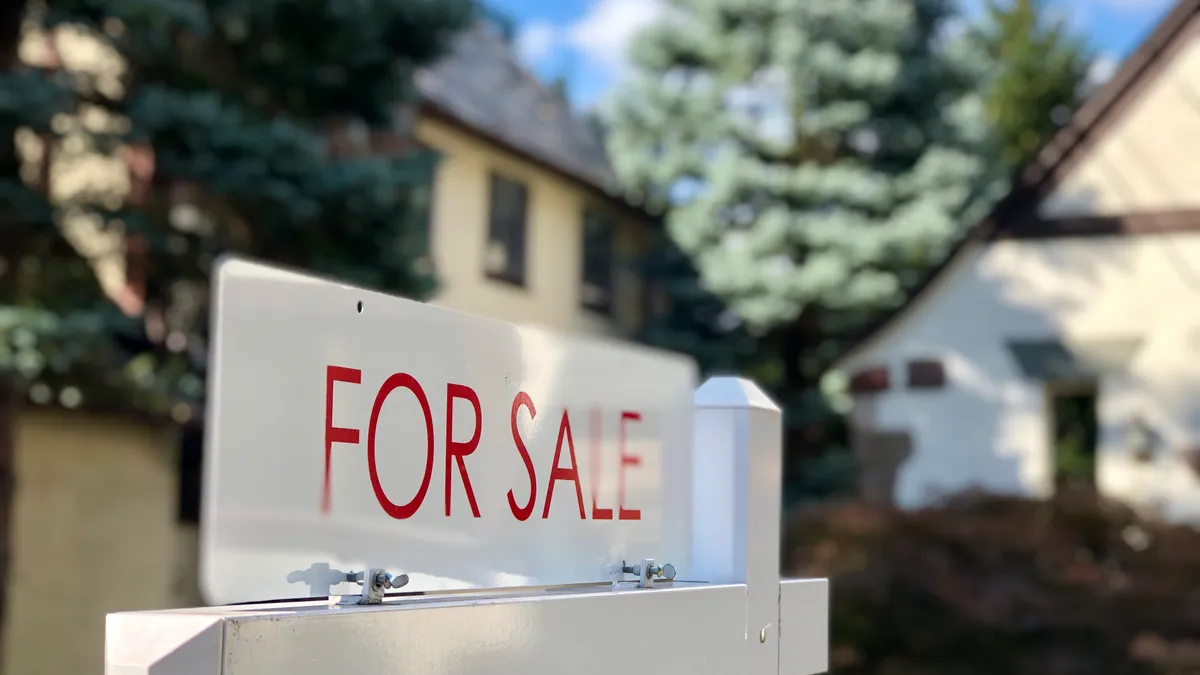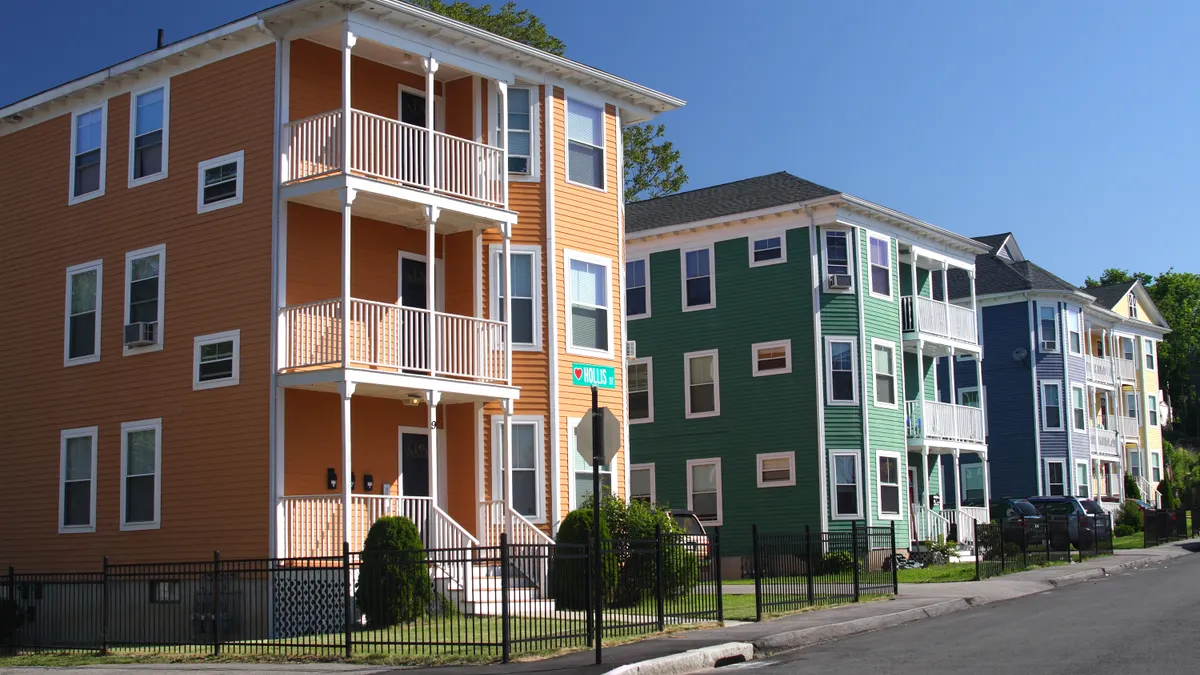Cities nationwide are examining whether their housing and zoning regulations are contributing to the shortage of affordable housing. While many reforms have focused on allowing more multifamily housing or eliminating minimum parking requirements to encourage greater housing density, other policies, such as owner-occupancy rules, have received less attention.
Owner-occupancy regulations require property owners to live in the homes they purchase. “Even though owner-occupancy regulations sound innocuous, there are lots of people who need homes, and those requirements exclude renters” from specific neighborhoods or subdivisions, said Alex Horowitz, who guides research for The Pew Charitable Trust’s consumer finance project.
In practice, requirements often make communities less diverse and more racially and economically segregated, Horowitz said, because renters tend to have lower incomes, less wealth and are more racially diverse than homeowners.
“There’s often an assumption that renters are less likely to [take care of the property] where they live,” said Anika Singh Lemar, a nonresident senior fellow with The Brookings Institution and a clinical professor of law at Yale Law School. But there’s no clear evidence that those assumptions are valid, Singh Lemar said. When such assumptions drive regulations, it means “we’re making policy on the assumption that people who are more likely to be people of color or lower income aren’t good at taking care of their property,” she said.
Regulating property users vs. property use
Zoning regulations historically have been considered legitimate if they focus on the use of a facility — say, zoning different parts of a city for industrial or residential use. “But owner-occupancy regulations are about who lives there,” not how the property is used, Horowitz said.
In a few court cases involving owner-occupancy requirements, the courts “have said the relationship between the issue supposedly being regulated, such as parking or noise, and owner occupancy is too attenuated,” Singh Lemar said. In a 2019 New Jersey case, for instance, the court wrote, “the status of a house’s occupant as a property-owner rather than as a tenant is no guarantee that he or she will be a law-abiding and considerate neighbor.”
Chris Miller, secretary of YIMBY Denver, a chapter of YIMBY Action, a nonprofit focused on the housing shortage, said owner-occupancy rules add unnecessary cost and friction to making more housing available since they have little to do with the concern they’re ostensibly trying to tackle.
Horowitz added that owner-occupancy requirements also make it challenging to add to the housing supply because they effectively make it illegal to construct “build-to-rent” properties, where builders add homes designed to be rented.
Impact on accessory dwelling units
These regulations also hinder homeowners’ ability to add and finance accessory dwelling units, Horowitz said. ADUs are small, secondary homes on a homeowner’s property, such as apartments above a garage or small, detached cottages.
Due to their small size and the fact that they’re on land already in use, ADUs can expand housing options within a neighborhood. They also tend to be available at lower rents than other homes, so they’re often affordable to people earning 70%-80% of an area’s median income, even without subsidies.
Consequently, to address the housing crisis, cities are eliminating regulations and other policies that make it challenging to build and rent ADUs. Seattle overhauled its ADU-related rules in 2019, and the returns to date have been promising: The city issued 80% more ADU permits in 2020 than it did in 2019. As of July 2021, Seattle added about 39 ADUs per month, up from about 22 previously, according to the city.
In addition to building more ADUs, some owners may be obtaining permits for existing ones that have been operating outside of regulatory oversight, Singh Lemar said. Either way, the shift is positive because when owners get permits for their ADUs, the structures are more likely to be up to code, Singh Lemar said. There’s no clear evidence that removing owner-occupancy regulations has affected property maintenance, Singh Lemar added.
Similarly, since California’s recent ADU reforms, which prohibit local governments from requiring owner occupancy, ADU construction has increased dramatically, Singh Lemar said. According to the California Department of Housing and Community Development, ADU construction permits increased by more than 1,400% from 2016 to 2021. However, Singh Lemar added, California’s reforms were not limited to prohibiting owner-occupancy requirements.
Alternatives to owner-occupancy requirements
To be sure, it’s difficult to find a study that shows how owner-occupancy regulations impact housing availability since they’re “part of a bundle” of policies and economic factors that affect it, Singh Lemar said.
Rather than turning to owner-occupancy regulations, municipalities can write rules that directly focus on the issues they’re concerned about, such as parking or noise, Singh Lemar said. In the New Jersey case, the court wrote, “a deed restriction or variance condition cannot, in effect, functionally delegate to a private landlord a portion of the municipality's police powers and its own exclusive responsibility to enforce the local laws and keep the peace.”
Miller said that allowing homeowners to hire a professional property manager is a good alternative to owner-occupancy requirements if the aim is to have responsive property management, which people largely view as reasonable.
Many people want some level of housing stability in their neighborhoods, Miller said. Adding obstacles that make it difficult to transition from renting to ownership — say, by limiting homeowners’ ability to rent part of their homes to cover expenses — works against this goal, he added.


